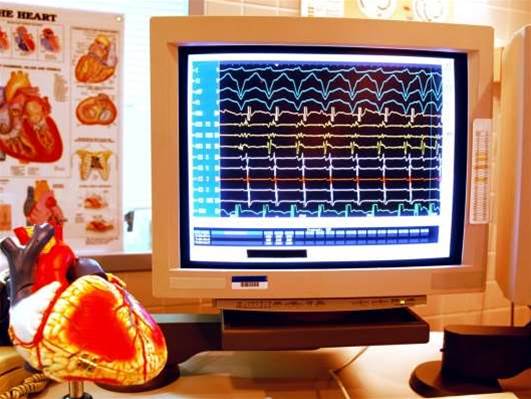
"Every data centre on average doubles its power consumption every five years, " he said.
"But most data centre owners I talk to don't know what they're spending on power. I've sat at the table with some very important CIOs and the mechanism they're using is adding up the utility bills and sending round a spreadsheet. You're not measuring or monitoring it at all today and that's bad."
Stakutis added that approaches to cooling data centres also need to be revisited. He argued that although data centre equipment can be run at 90 degrees without failing, most firms aim for a much lower temperature to ensure they are within the warranty and as they do not have the confidence in the equipment's stability to raise temperatures.
"You can save five per cent of your cooling costs for every degree warmer you run it. You just need to put in hundreds of wireless thermometers so you are confident you're not exceeding any limits," he said.
However, Stakutis conceded that CA was "a little bit late in coming to market with energy and data centre products. The IBMs and others are all already out there".
On the healthcare side, CA believes that healthcare needs to move from focusing on patients in hospitals to people "at the edge" - those with illnesses who are not bedridden or hospitalised.
"Fundamentally the way care is delivered must change. It's expensive to take care of sick people in the hospital," he said. "But while it costs thousands of dollars a day to have people in hospital, it might only cost pennies a day to take care of people at the edge. You need to let technology help."
Stakutis said billions of devices will enter the marketplace over the next few years in the connected health space. The current focus among technology players is clinical devices, such as those for monitoring blood pressure or glucose levels.
"Our vision is bigger than that," he added, citing devices to monitor exercise and activity levels and for mental healthcare. "Mental health issues can lead to deteriorating general health. We're looking at avatars, robots and virtual worlds, for example a robot that talks to an older person at home to keep them company. That's just as important as measuring someone's blood pressure."
Stakutis was keen to point out that CA's vision is not around telehealth and monitoring people in their homes. "Connected health is about getting to people with illnesses who are mobile. Fifteen to 20 per cent of the workforce are sick and we need to keep their health in check," he said. This could be through touchscreen devices in cars or via text messages."
CA will be starting a 100-patient pilot for monitoring diabetics in Canada next week, followed in December by a healthy heart project with firefighters in New York.
"There's a huge epidemic of heart attacks among firefighters. It's because they sit on the couch all day eating potato chips and then suddenly, boom, they're on," Stakutis said.
There are also plans to start a healthcare pilot in Belfast soon, and one or two in Australia, although further details of these were not available.
Stakutis said one obstacle to the vision for healthcare technology was the problem of sensors for managing the multitude of wireless devices. "There are more sensors coming online than we expected and it's a mess," he conceded, pointing to the launch of the Continua Health Alliance, which was formed to deal with sensor management.
Although CA has been quiet on the acquisition front in the past two years, its emerging tech work could see a change in approach. "My brief was to do this in-house as there's plenty of money to innovate in this area, but there is opportunity for acquisition later," Stakutis said.

.png&h=140&w=231&c=1&s=0)
_(20).jpg&h=140&w=231&c=1&s=0)





_(26).jpg&w=100&c=1&s=0)

 iTnews Executive Retreat - Security Leaders Edition
iTnews Executive Retreat - Security Leaders Edition












_(1).jpg&h=140&w=231&c=1&s=0)



